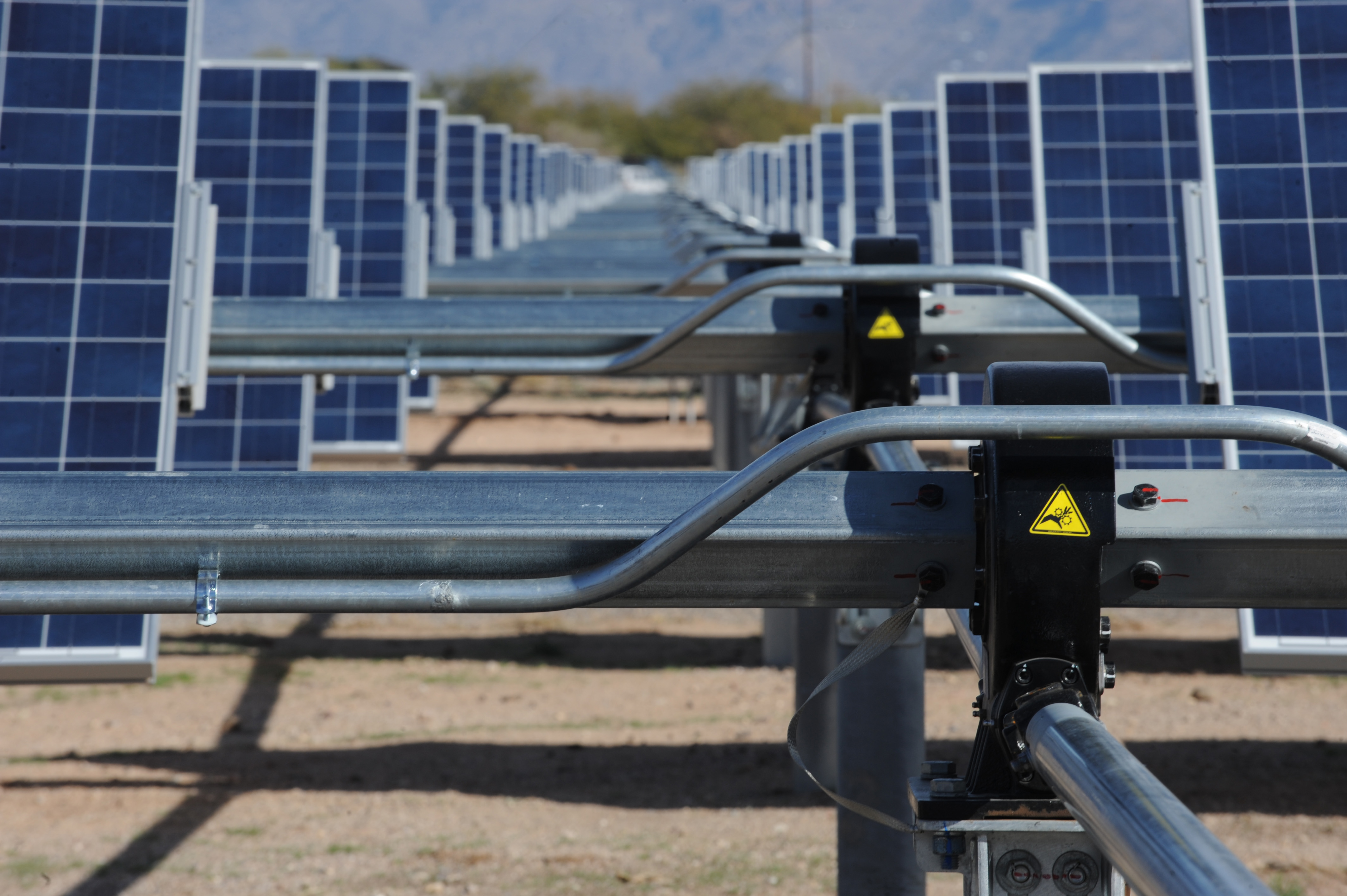
CPUC Report: Greenhouse Gas (GHG) Emission Reductions From Energy Storage Systems
AESC, as part of the California Public Utility Commission GHG Signal Working Group, utilized a variety of energy storage models to determine the most promising emissions reduction solutions and, accordingly, to recommend reforms for the California Self-Generation Incentive Program. Emissions and cost impacts were derived from five proprietary models and one newly-developed public model under different combinations of system and customer characteristics, resulting in over 5,000 model runs for a variety of GHG reduction strategies including GHG signal co-optimization and charging/discharging constraints. The following detailed report authored by AESC documented the modeling results, final recommendations, and lessons learned.
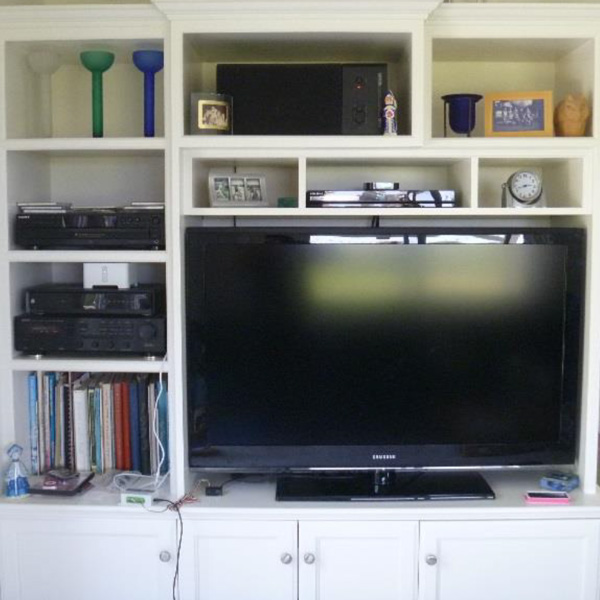
Emerging Technology Study: Tier 2 Advanced Power Strips in Residential AV Systems
This project was designed to assess the energy savings potential of Tier 2 advanced power strips (APS) in residential audio/video (AV) applications and to support market adoption of the technology. The project goals were to measure and quantify the energy savings and demand reduction associated with Tier 2 APS devices, their usability, and customer acceptance. The study was motivated by the large, unaddressed standby energy consumption of consumer electronics and the potential to contribute towards California’s strategic energy efficiency goals. The results could inform program development, consumers, product design, and help increase APS adoption.
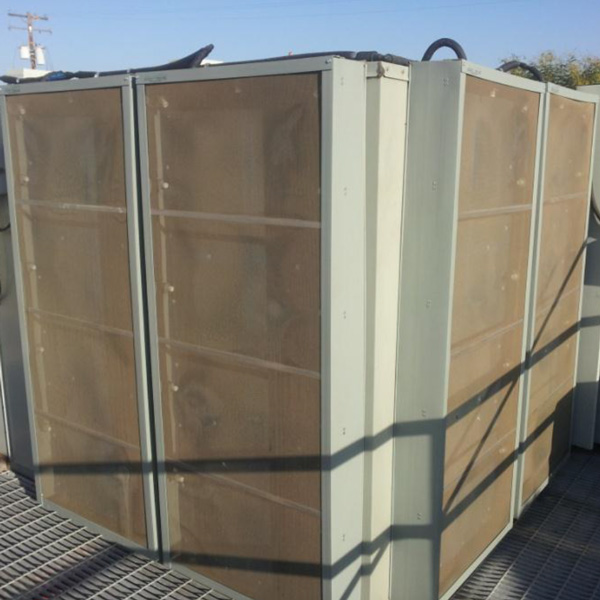
Emerging Technology Study: Evaporative Retrofit Components for Roof Top AC Units
AESC conducted field tests at six commercial building sites and evaluated the performance of three emerging evaporative cooling technologies: 1) outdoor supply air indirect evaporative pre-cooling; 2) condenser air direct evaporative pre-cooling; and 3) integrated systems implementing both 1 and 2. The evaporative retrofit components increased the efficiency of RTUs during low humidity and high temperature conditions, which typically occur when the grid is most stressed. Therefore, the technology not only provides a benefit in terms of energy savings and cost reduction to the customer, but also helps the utilities to lower their peak demands.
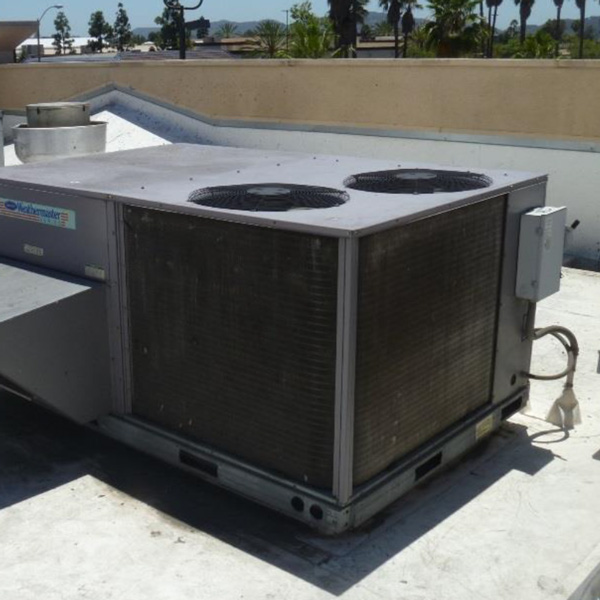
Maintenance and Advanced Controls Installation of Rooftop Units
In support of California’s strategic plan to accelerate the penetration of energy efficiency technologies, San Diego Gas & Electric’s Emerging Technology program funded a study of rooftop package unit maintenance and control retrofit technology at two fast food restaurant buildings. The primary goals for this project were to determine the energy savings potential and demand response (DR) capabilities of an advanced rooftop controller (ARC) for rooftop units (RTUs) and how a standardized operations and maintenance (O&M) protocol can complement the technology. In order to gain insight into the technology and the O&M procedure, a field test and subsequent analysis were conducted.

Emerging Technology Study: Permanent Magnet Synchronous Fan Motor Assembly Refrigerated Case Evaporators
In support of California’s strategic plan to accelerate the penetration of energy efficiency technologies, AESC executed a study of a new fan motor technology with funding, guidance, and management by San Diego Gas & Electric Emerging Technologies Program. The primary goals for this project were to determine the energy savings and demand reduction of a permanent magnet synchronous motor with an innovative control design used in supermarket refrigerated cases.
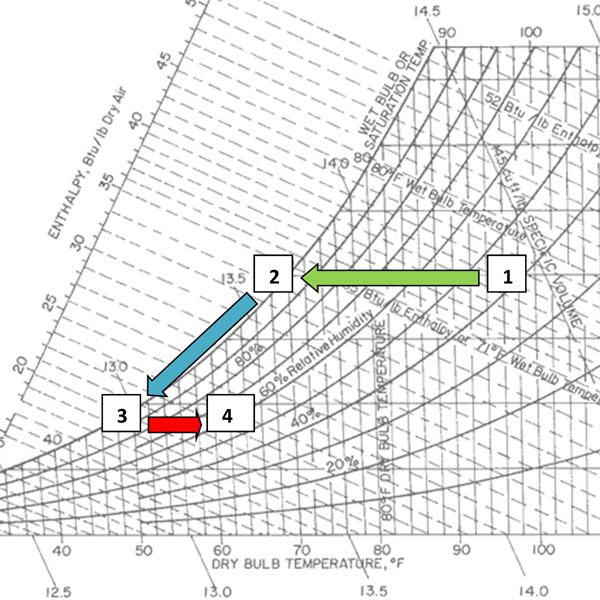
M&V Report: Variable Air Volume Hoods
AESC conducted independent measurement and evaluation for Pasadena Water and Power on Variable Air Volume Fume Hoods. As part of this effort, AESC reviewed and validated project results, developed a spreadsheet based tool that could assist potential users in estimating the potential savings (see the Tools section below for more information) and examined the type of rebate or incentive that could be offered to encourage end user adoption of this energy saving measure.
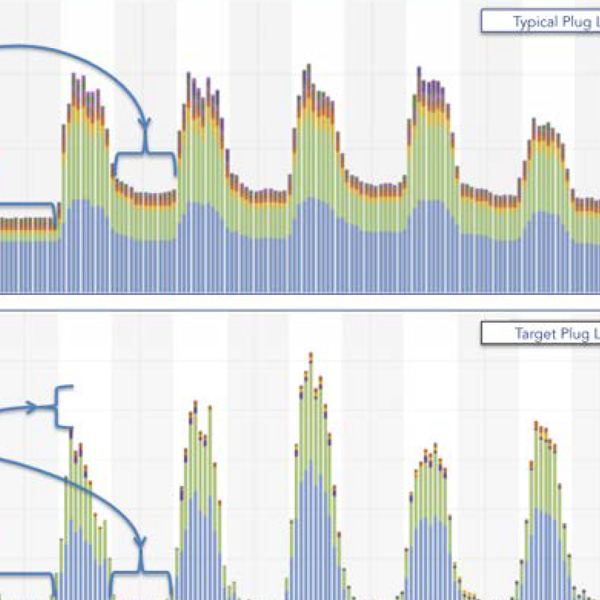
Plug Load Monitoring and Control Technology for Office Buildings
In support of California’s strategic plan to accelerate the penetration of energy efficiency technologies, this report presents the findings of a field evaluation of a plug load monitoring and control technology in an office building. The work was executed by Alternative Energy Systems Consulting Inc. for the San Diego Gas and Electric Emerging Technology program. The primary goal for this project was to determine the energy savings of the plug load control technology in a typical office building setting. The technology consists of networked power strips which communicate with an external vendor cloud server. The cloud server hosts data collection, trending, and controls through the use of scheduling and logical rules. Each power strip receptacle switches on and off according to user-defined schedules or master/control rules. The estimated cost for 104 four-receptacle power strips, 3 cloud communication bridges, and annual data service fees is about $11,933 for the first year and $1,040 each subsequent year.

CEC Report: Considerations for Corridor Direct Current Fast Charging Infrastructure in California
The California Energy Commission engaged Alternative Energy Systems Consulting to develop an action plan that would prioritize charging locations and guide regional charging infrastructure planning. As part of this plan, the first task was to assess the state of the statewide DC fast charging network and recommend how best to allocate funding to encourage greater development of DC fast charging stations along critical corridors.
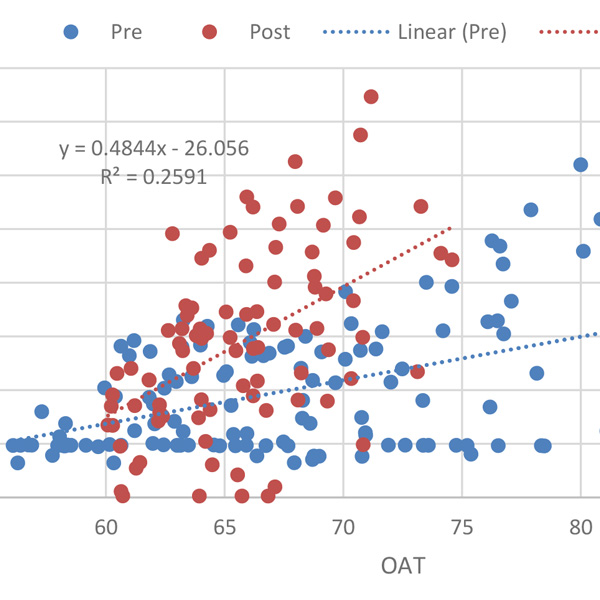
Emerging Technology Study: HVAC Management Systems with Dynamic Energy and Demand Optimization
The emerging technology (ET) presented in this report is an HVAC management system with dynamic energy and demand optimization designed for commercial rooftop units (RTUs) and split system applications. The ET replaces a traditional thermostat with multiple sensors that measure dry-bulb temperature and relative humidity in a zone. The information from the sensors is sent to an on-site controller, which relays the information to a cloud server for storage, analysis, and reporting. The on-site system then dynamically evaluates zone conditions using the sensor data, weather data (as a proxy for radiant heat), schedule information, as well as specific zone-by-zone properties such as air flow rates that are stored in the system’s database. The controller then activates fans, compressors, and furnaces as applicable to maintain a “comfort” setpoint. The control mechanism differs from traditional thermostats, where fans and compressors are activated based solely on a specific dry-bulb temperature versus the whole comfort temperature relative humidity range.
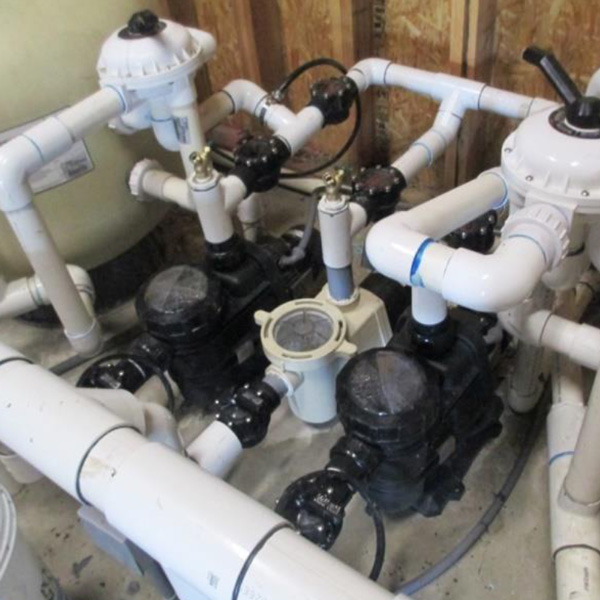
Emerging Technology Study: Solar Powered Commercial DC Pool Pump
This field assessment evaluates the effectiveness of an emerging energy efficient technology that uses solar energy. It directly supports the penetration of similar technologies in the residential and small commercial marketplace. The assessment demonstrates how a multifamily pool pump system was retrofitted with a variable speed drive (VSD) pump and two solar-powered pumps to reduce grid energy consumption, especially during peak hours.
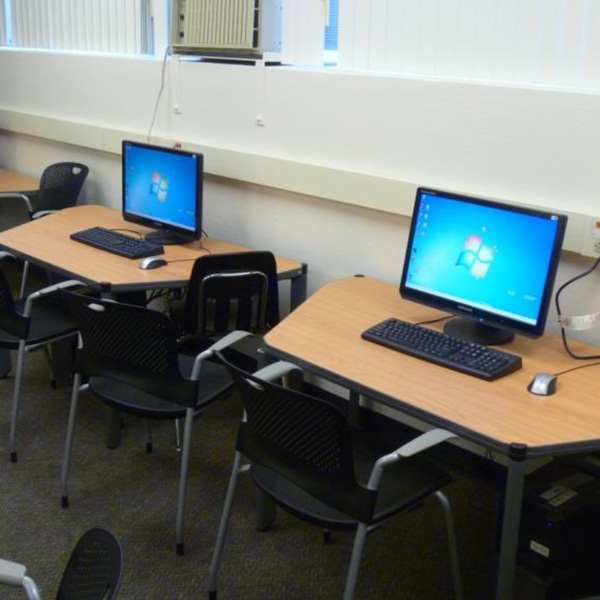
Tier 2 Advanced Power Strips in Residential and Commercial Applications
In support of California’s strategic plan to accelerate the penetration of energy efficiency technologies, this report presents the findings of a field evaluation of Tier 2 advanced power strips (APS) installed at residential audio/video (A/V) systems and commercial office and computer lab workstations (PC). The work was executed by Alternative Energy Systems Consulting, for the San Diego Gas and Electric Emerging Technology program. RMS Consulting, CalPlug, CalTF, and the power strip vendor and manufacturer contributed additional direction, assistance, and field work in support of the project.

